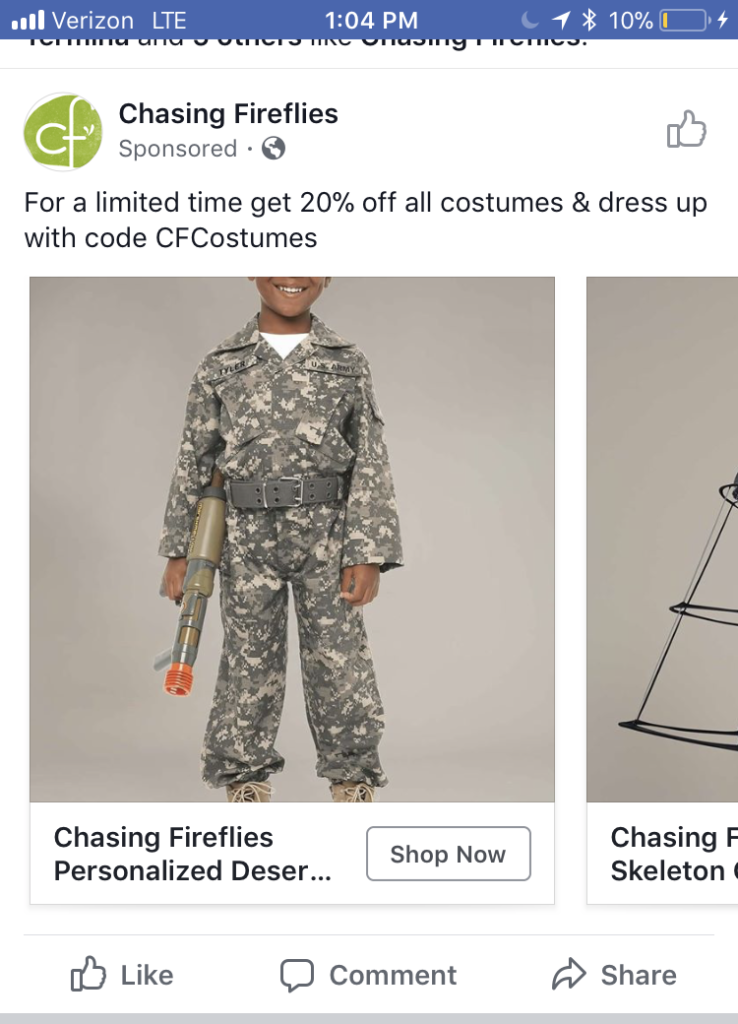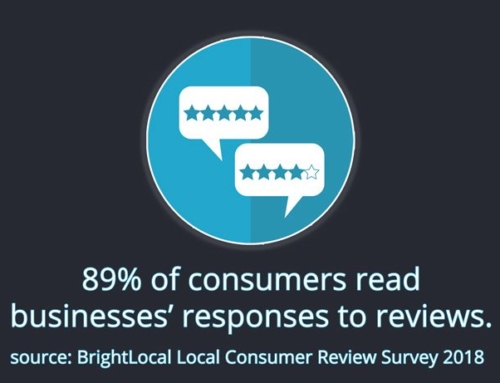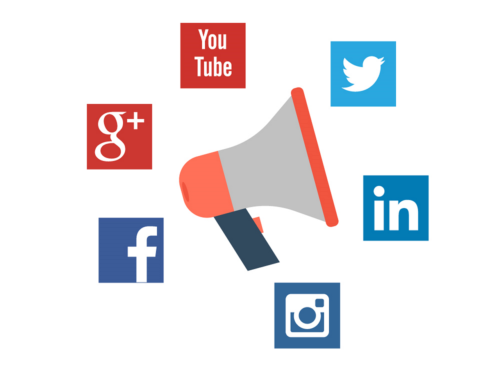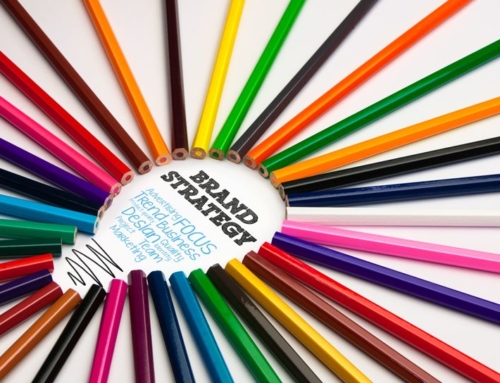
Why PR Makes Strategic Sense
A topic in the marketing realm that often causes confusion is the difference between public relations (PR) and advertising. While I believe organizations should have a good mix of both, I also understand that with budget and time constraints, executives must prioritize marketing efforts and the associated budget. In this blog post, we’ll look at the key differences between PR and advertising as well as why PR makes more sense for most organizations.
Let me start by saying that I know and respect people in the advertising arena. If your organization is a large corporation with large budgets, you’re likely conducting a healthy combination of both advertising and PR. Brands such as Coca-Cola, Ford and Procter & Gamble represent mammoths in that field. However, with “99.7 percent of U.S. employer firms being small businesses1”, most businesses don’t have that same type of buying power. This leads to the debate on why PR is a smarter investment than advertising. It centers around the fact that advertising is paid for, while PR is earned.
PR can be lower costs than advertising.
With advertising, there are several costs to consider when planning your budget. First, you need to decide which platform to advertise in and what makes sense strategically with your budget. You pay to run the ad. For a print publication, the ad cost depends on the publication’s standard rates, the size of the print ad (full page, half page, quarter page) and its placement within the publication (inside the back cover versus sprinkled amongst a page full of similar ads). Similarly, pricing for web ads also includes placement on a web page. Placement “above the fold” is likely costlier than if the web ad is published further down the page. For radio and TV advertising, the costs tend to relate more to run time (morning drive time in your local market versus during Prime Time on a nationally syndicated show versus a time when fewer viewers/listeners are tuned in). In all three formats (print, broadcast and web), the price to advertise also depends on the frequency of when you run your ads. The greater the frequency, the lower the price of each ad, although your overall advertising costs are growing.
 With the platform details identified, you also pay someone to develop your advertisement. Yes, you may be able to trim costs by working with a freelancer or a friend who knows a little about designing ads, but regardless you’re paying someone for the ad development.
With the platform details identified, you also pay someone to develop your advertisement. Yes, you may be able to trim costs by working with a freelancer or a friend who knows a little about designing ads, but regardless you’re paying someone for the ad development.
You likely have heard the notion that a person needs to hear/see a message seven times before remembering it. This can be applied to advertising as well, although I believe it takes even greater frequency today due to so many competing messages that have come about with technology’s evolution. You are no longer just seeing ads in the paper or on TV. You now are bombarded with ads on social media, texts from retailers you’ve visited, direct mail, email marketing and the list goes on. For instance, the image on the right shows an ad from a merchant that I purchased from. Now the merchant’s targeted ads appear on my Facebook feed to encourage me to make a purchase.
To compete with this “clutter”, advertising must be run repeatedly to achieve your desired results. This means that your cost of advertising increases to get the same results you once did on a smaller budget. If you want to make periodic adjustments to your ad to address seasonal offerings such as holiday sales or promote that you’ll be exhibiting at an industry tradeshow, remember that you need to pay a graphic designer to make those tweaks too.
In contrast, PR requires you to pay someone to develop and maintain relationships with the media but there are little development costs. You might write a press release but you might use email to communicate one-on-one with a reporter who covers your industry. If the reporter is interested in your story, the big investment of time is predominantly on the reporter. Unlike advertising, you don’t pay the outlet to run a story on you.
Relationships matter and PR allows a two-way (or more) street when it comes to benefits.
Develop relationships with reporters and editors so that they pro-actively approach you as the industry expert and recognize you as dependable for interviews. PR includes nurturing business relationships and that does require time and attention, but it can be well worth the effort. In contrast to advertising, the relationship between you and the editor or reporter can really help. When a reporter views you as a credible expert in your field, that journalist can return to you for insight repeatedly. You share your expertise with the reporter and, when possible, offer ways that together you can truly help the reader/listener. The reporter in turn develops a thorough article. Readers appreciate the content, so they continue subscribing and reading. This is a win-win-win scenario. In advertising, if your ad representative is contacting you over and over again, it’s simply to encourage you to spend more money with the media outlet.
Another advantage of PR above advertising is that when a reporter leaves his/her publication or outlet for a new job, you can keep in. The reporter is likely moving to another publication or media outlet that covers similar topics as yours. When reporters move on, they take their resources and relationships with them, which can help your organization earn additional coverage in new publications.
Sure, you can keep in touch with your ad rep who moves to another publication. However, it’s really the ad rep’s job to bring a book of business to the new profession. In the end, the ad rep is a sales person who is more focused on bringing in advertising revenue than on credible experts. In most cases, any business that can afford the advertising costs will be accepted. In PR, you must be credible to earn the coverage.
Numerous options with PR.
PR includes a whole host of ways to reach out to your key audiences and communicate your story. Many people think of PR as having only to do with the media; in fact, some think PR stands for press release. However, public relations encompasses social media, employee relations, community relations and media relations. So let’s look at how each of those aspects of PR can help your business without the heavy costs of advertising.
![]() The popularity of social media has allowed businesses to connect with prospects, customers and employees using free tools. While most social media outlets have an advertising component, organizations can use the social channels without paying additional advertising fees. I find especially useful the ability to schedule in advance the content to be published as well as the metrics that come with many of these social tools to measure engagement, reach, share of voice and more. Planning your social media calendar in advance, measuring your success and feeding the insight back into your social calendar allows you to efficiently reach your target audience and constantly improve your efforts. Social media also allows you to measure your results much faster than traditional advertising.
The popularity of social media has allowed businesses to connect with prospects, customers and employees using free tools. While most social media outlets have an advertising component, organizations can use the social channels without paying additional advertising fees. I find especially useful the ability to schedule in advance the content to be published as well as the metrics that come with many of these social tools to measure engagement, reach, share of voice and more. Planning your social media calendar in advance, measuring your success and feeding the insight back into your social calendar allows you to efficiently reach your target audience and constantly improve your efforts. Social media also allows you to measure your results much faster than traditional advertising.
Employee relations is another category of PR that is often overlooked and/or considered only part of human resources (HR). I think employee relations ideally is a partnership between HR and PR, who team up to communicate with all staff. When your team is engaged and happy, your people become ambassadors for your brand and even those outside of your business can see a sense of pride in your employees. This can start with something as simple as recognizing employees’ birthdays and can grow into something much larger such as incentive programs and where your company invests charitable donations, to name a few. Even when company news is less than stellar, it’s important that employees feel that management is communicating with them and that the communication is authentic. No matter how good an ad looks, if it’s not an authentic reflection of the company, the ad will not resonate with staff. When choosing between ads or employee relations, investing in your people and how they are engaged seems to win hands down.
Community relations can be a powerful way to show your company culture and differentiate your business from the competition. It can be exceptionally beneficial when the community outreach ties directly to your organizations’ mission. TOMS® Shoes is a great example of this as it matches every pair of shoes purchased with a new pair of shoes for a child in need through its “One for One®” campaign. Putting shoes on people around the world despite their inability to pay is so well aligned with TOMS’ culture that is has become much more than a campaign. This remarkable shoe company has given over 60 million pairs of shoes to children in need since 2006, according to the TOMS website. Knowing that your shoe purchase will also help another person fuels consumers’ dedication to buy from this company. This type of cause marketing has grown in popularity, especially with Millennials, and can truly impact your bottom line. TOMS’ effort has earned global attention that has garnered more sales and customer commitment than even large advertising budgets likely could secure.
Across all of these PR activities, there are lots of ways to cross-promote your coverage. For instance, if a local reporter publishes a story on how your team helped a community-based food bank at a critical time, you can then share that article internally to help boost employee morale and show your appreciation of your employees’ time. You can also share a link to the online article through social media and ask followers to share the news. As you drive more traffic to the article on the publication’s website, the editor and reporter are observing how much traffic the article is getting online, influencing their interest in covering similar stories.
So much of PR is small efforts executed with discipline, not big bucks.
As you can see, PR has a lot of aspects for executives to consider and these can be run less expensively than your traditional advertising campaigns. Yes, both PR and advertising require experts to develop, run and measure the success of the campaigns but PR helps organizations develop lasting relationships with a full spectrum of people who can in turn help boost your visibility repeatedly over the lifetime of your organization. PR, done right, will save you a bundle as you earn your time in the spotlight.
Hopefully, this overview helps business owners and marketing managers prioritize their PR efforts and related budgets. Since you earn media coverage through good PR efforts, you’re able to spend less money and secure visibility that works for your organization repeatedly over time.
- “Frequently Asked Questions”, Small Business Administration (SBA). September 2012. https://www.sba.gov/sites/default/files/FAQ_Sept_2012.pdf
If you enjoyed this post, also read “PR Is Much More Than a Press Release.”










